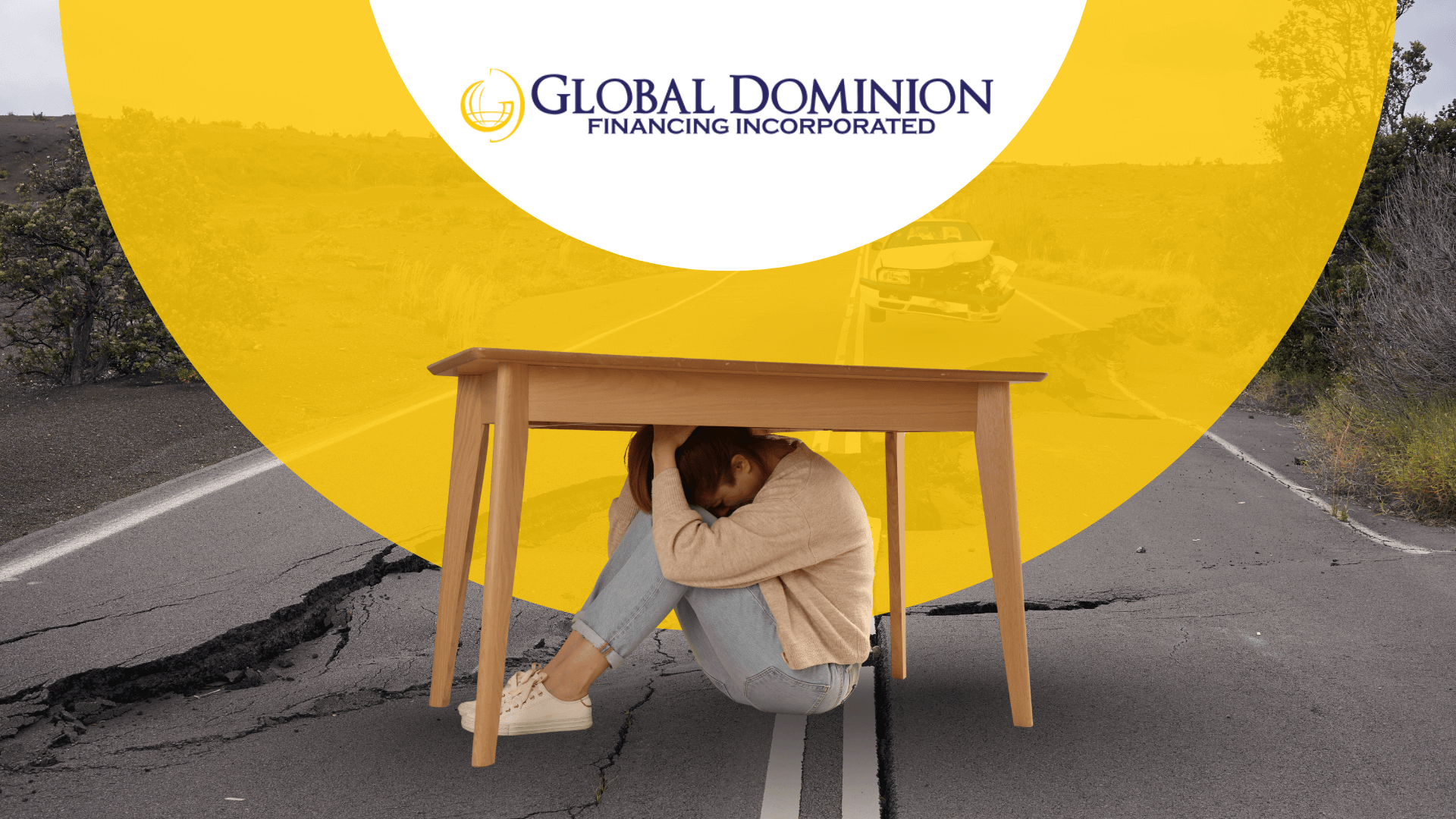Tips on Building an Emergency Fund to Fail-Proof Your Finances

Your regular savings may not be enough even in the middle of an unforeseen circumstance. But you can still cushion financial loss, if not stay debt-free, through a reserved fund. Learn how to fail-proof your finances through these tips on building an emergency fund.
What is an Emergency Fund?
An Emergency Fund is a type of savings reserved for sudden expenses due to an emergency or unexpected event. It is different from personal savings that back your future travel, new gadget, or any splurge planned ahead of time. It serves as a cushion for loss or a lifeline, so you won’t have to deplete your hard-earned money in one go.
Emergency funds should also be readily available due to the uncertain occurrences. It means that you can access or withdraw it the moment you need it. The liquidity of the fund makes it easier to spend which you should handle with caution. Emergency funds are only intended for:
- Sudden income loss
In times like this, even jobs can’t make you feel secure. The economy was shaken by the pandemic and the company you work for might have been a casualty. Having enough emergency fund lessen your worries from being pulled off from your job, and it enables you to thrive even amongst bills until you find another employer.
- Repair or maintenance of properties
Over the years, our properties also age. The house starts to have worn-out panels or leak during rains. The car seems to break down often. Properties are also prone to damages due to accidents resulting in broken windows or overheated engine. To avoid risks and inconvenience, you need money to get the house or car fixed immediately.
- Health or medical emergency
It is essential to watch and protect our health, even from the slightest risk, to keep our finances stable. Health insurance cannot shoulder all possible ailments or instances, so emergency funds can either act as an immediate or additional fund for your health or medical needs.
- Urgent situations that require money
This refers to other situations that affect your day-to-day personal or professional life and thus cannot be avoided: sudden travel due to untimely death of a relative or immediate need of new equipment for work or business.
Tips on Building Emergency Fund
Here are the tips in starting and building a fund for emergencies:
Assess your cash inflows and outflows
Assessing your cash inflows and outflows is an important step before doing any financial transaction such as applying for a loan, payment allocation to different bills, and building up savings. It gives you an insight into how much a transaction, be it short-term or long-term, will impact your income, and what should be done to further to minimize the expenditure.
By getting a picture of your cash cycle, it determines how much you can allot to the emergency fund. Remember that this is separate from your personal savings, so it keeps you from leaving your hand moneyless because you saved up what’s beyond your budget.
Identify the maximum amount to save
After careful consideration of your budget adjustment, the next thing to do is determine the maximum amount you should save for the emergency fund. Whether in one transaction or installments, how much should the fund be?
Financial experts say that it is practical to put 10% of your pay until you reach the goal. A sufficient emergency fund, as recommended, should worth three (3) to six (6) months of your salary. You may opt to save more if you like, but this amount can already support your expenses for a short period. It means that throughout this period, you should be looking for new employment or a source of income to compensate for the loss
Once the goal amount is reached, you can pause from the contribution or continue with a much lesser amount. When the emergency fund is used up, then, you have to save up all over again.
Place the money into a separate savings account
As mentioned, your emergency fund should have easy access because you don’t know when emergencies strike. Separating it from your personal savings avoid confusion on spending and can make finance tracking easier.
Because an emergency fund is latent, there’s a tendency that you might forget it as a part of your budgeting. To avoid that, assign the mobile app of your bank to automatically deduct the amount every time you receive your payment. If not, set up digital reminders for the fund allocation.
Look for side hustles for extra income
If you are already satisfied with the budget plans involving your full-time job or business profit and don’t want to mess it up by inserting another obligation, your emergency fund can be pulled from another source. You can apply for a part-time job or a freelance gig, and the pay you will receive from these side hustles can cover your emergency savings.
Use your tax refund as a deposit
For those who expect tax refunds, this is a better way to use it than spending it on luxury. You can place the whole refund directly to your emergency stash as a starting amount and gradually add the subsequent portion from your pay.
Track and adjust the accumulated money
Always check how much your fund has grown. When you have reached your objectives but still want to save, you may choose to invest instead.
The year 2020 should have taught us to be financially prepared, and it’s not too late to apply this lesson. However, if you are currently in need of an emergency fund but have not previously saved for this situation, the next best option is to apply for a loan to address your financial need and bounce back to being stable.





